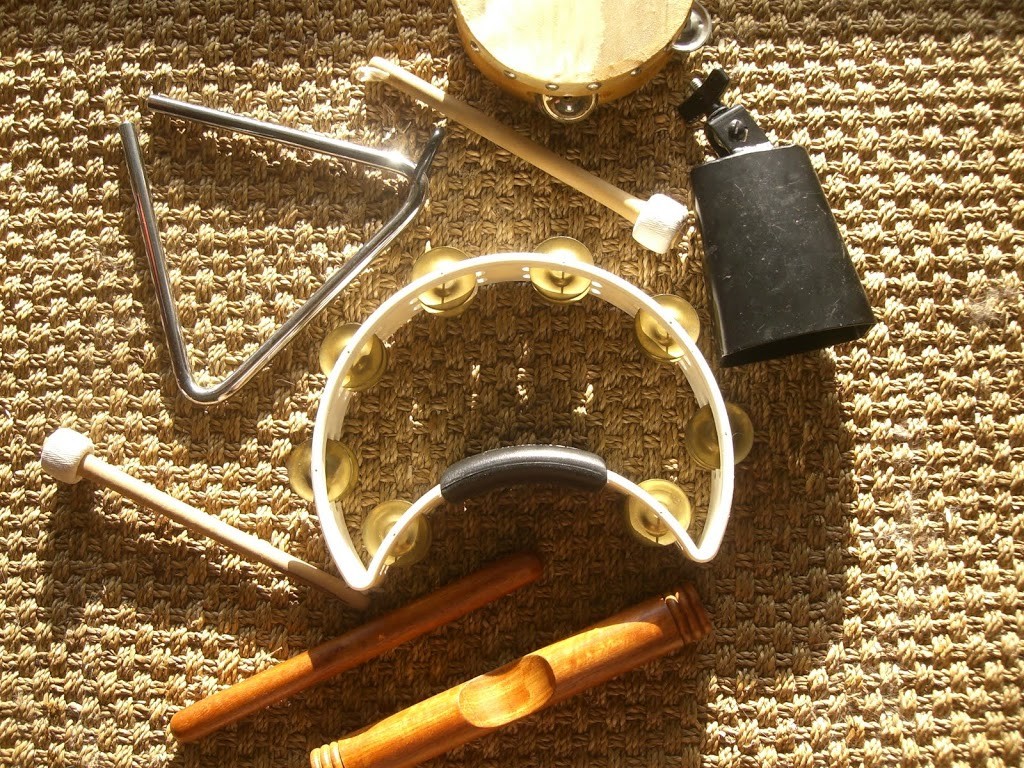- Christmas ornaments: let’s start with the obvious: ornaments in the shape of notes or instruments are an easy gift.
- Music bumper stickers (mine says “Go home and practice!” but I’m also partial to one that says “Tune it or Die!”)
- Clothes: T-shirts, night shirts, socks, ties: From dopey puns declaring that the wearer is lots of “treble” to snippets of unreadable gobbly-de-gook music notation, there’s a music-themed garment in your favorite musician’s size.
- Jewelry: Charms, key, chains, pins, earrings, pendants in the shape of notes or clefs.
- Mugs, plates, glasses, serving pieces: If you can eat off of it, you can probably find it with a music theme on it.
- House accessories: I’ve seen lamps in a fine furniture store made out of old violins and flutes (retailing for $500, though), mirrors whose frames are in the pattern of piano keys, lamps shades with music scores printed on the (Fur Elise seems popular).
- Novelties: Refrigerator magnets, can openers, keyrings in the shape of instruments: All are good as stocking stuffers.
- Music boxes. These can be quite beautiful and ornate.
- A metronome. Yes, I know: you can download a metronome app for free on your iThing. But by a margin of something like 10 to 1, my students prefer the sound of an old fashioned analog metronome — and I do, too. The German company, Wittner, is the classic, with a range of wooden and plastic pendulum metronomes. Prices prices ranging from around $40 to $200. For more makes, models, and prices, try www.metronomes.net
- Percussion “toys” — inexpensive percussion instruments like shakers and hand drums come in handy for people who play with groups. For a really nice gift, look for handmade instruments with good feel and sound.
- Sheet music: A book of holiday songs is always appreciated: One of my favorites for is Hal Leonard’s “Best Christmas Songs Ever.” The “easy” version is appropriate for intermediate students and above.
- Gift certificates for music books. If you don’t know what to buy, go the gift certificate route: If you’re lucky enough to have a local music store in your town, help keep it in business by buying your gift certificates there. You’ll be supporting not only your favorite musician, but the local stores that keep sheet music conveniently in stock.
- Strings, tuners and capos are always appreciated by guitarists, although you’ll need to know their preferences (especially for strings). If you don’t, a selection of picks is a fail-safe options. There’s even a gadget you can buy that can turn expired credit cards into guitar picks.
What are your favorite music gifts? If you’re a musician, what’s on your wish-list? Add your idea below.

